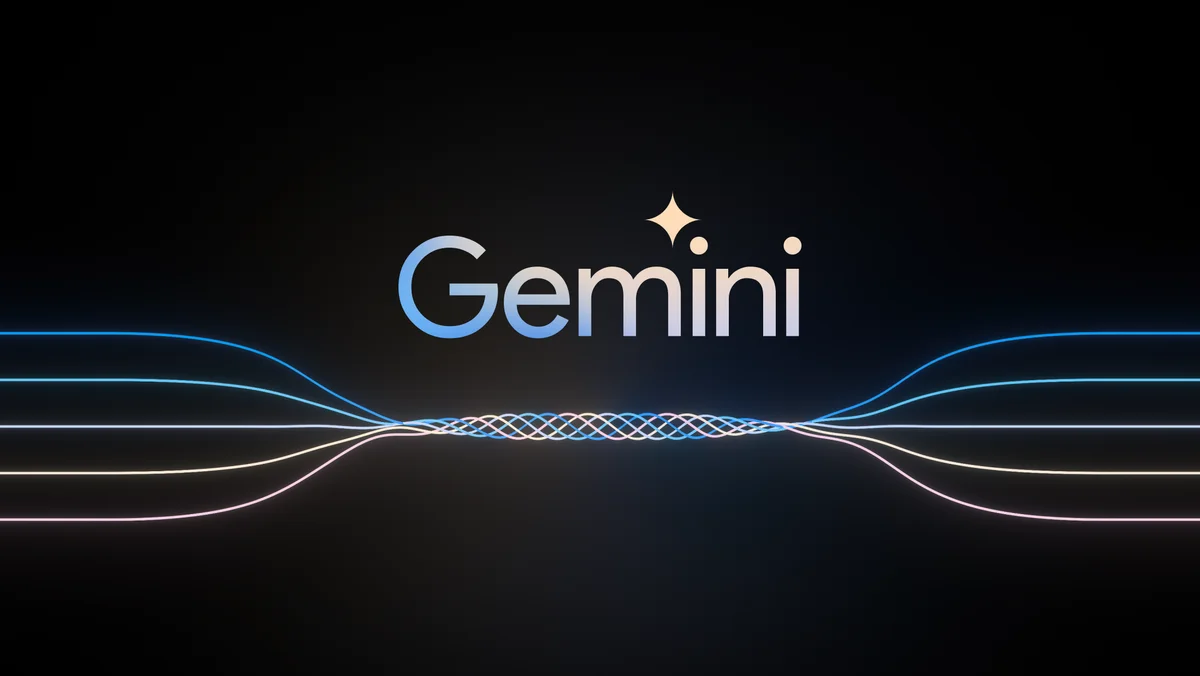GGML vs GGUF LLM formats
The efficiency and interoperability of LLM formats become increasingly important. Two such formats that have gained traction are GGML and GGUF. This guide will help you understand what these formats are, their differences, and their applications.
What is GGML?
GGML (Graphical Generic Markup Language) is a model format designed to efficiently store and process large machine learning models. It focuses on reducing memory usage and improving computational efficiency, making it suitable for deploying models on resource-constrained devices. GGML is particularly useful in scenarios where model size and inference speed are critical factors.
What is GGUF?
GGUF (Graphical Generic Unified Format) is an evolution of GGML, designed to offer greater flexibility and interoperability. GGUF aims to address some of the limitations of GGML by providing a more universal and extensible format. It supports a broader range of data types and model architectures, making it suitable for a wider variety of machine learning applications.
Key Differences Between GGML and GGUF
- Flexibility and Extensibility:
- GGML: Primarily focuses on efficiency for specific types of models and operations. It might have limitations in supporting newer architectures and data types.
- GGUF: Designed to be more flexible and extensible, accommodating a wider range of models and future advancements in machine learning.
- Interoperability:
- GGML: May have compatibility issues with some frameworks and tools due to its specific optimizations.
- GGUF: Aims to be more universally compatible, making it easier to integrate with various machine learning frameworks and tools.
- Data Type Support:
- GGML: Supports a limited set of data types focused on reducing memory and computational requirements.
- GGUF: Supports a broader range of data types, providing more versatility in handling different model requirements.
- Optimization Focus:
- GGML: Optimized for specific use cases where memory and computational efficiency are paramount.
- GGUF: Balances optimization with flexibility, ensuring that it can handle a wider array of scenarios without compromising too much on efficiency.
How GGML and GGUF Work with Examples
Example of GGML
Consider a scenario where you have a large language model trained for natural language processing tasks. Using GGML, the model is quantized to reduce the precision of its weights from 32-bit floating-point (FP32) to 8-bit integer (INT8). This quantization significantly reduces the memory footprint and speeds up inference, making it feasible to deploy the model on a mobile device.
Example of GGUF
Now, imagine you have a more complex model that combines natural language processing with computer vision. Using GGUF, you can store and process the model with its diverse data types and operations efficiently. GGUF’s universal format ensures that the model can be easily integrated with different frameworks, enabling seamless deployment across various platforms.
Why We Need GGUF
GGUF addresses several key challenges in the deployment and management of large machine learning models:
- Versatility: Supports a wide range of model types and architectures, making it suitable for diverse applications.
- Interoperability: Ensures compatibility with multiple frameworks and tools, facilitating easier integration and deployment.
- Future-Proofing: Designed to accommodate future advancements in machine learning, ensuring long-term usability and relevance.
Drawbacks of GGML and GGUF
Drawbacks of GGML
- Limited Flexibility: May not support newer model architectures or data types, restricting its applicability.
- Compatibility Issues: May face challenges integrating with certain frameworks and tools due to its specific optimizations.
Drawbacks of GGUF
- Complexity: The increased flexibility and extensibility can lead to greater complexity in implementation and usage.
- Resource Requirements: While more versatile, GGUF might not achieve the same level of optimization as GGML for specific use cases, potentially requiring more computational resources.
How to Use GGUF: A Step-by-Step Guide
Step 1: Prepare Your Model
Ensure your model is trained and ready for deployment. Save the model in a standard format (e.g., TensorFlow, PyTorch) that can be converted to GGUF.
Step 2: Convert to GGUF
Use a conversion tool or framework that supports GGUF. This tool will handle the translation of your model’s weights, architecture, and data types into the GGUF format.
Step 3: Optimize (Optional)
Depending on your application, you may want to apply optimizations such as quantization or pruning to further reduce the model’s size and improve inference speed.
Step 4: Deploy and Integrate
Deploy your GGUF model to your target environment. Ensure that your deployment framework or tool supports GGUF. Integrate the model with your application, making any necessary adjustments for compatibility.
Step 5: Validate and Fine-Tune
Test the deployed model to ensure it performs as expected. Fine-tune the model if needed to achieve the desired performance and accuracy.
Conclusion
Both GGML and GGUF offer valuable solutions for efficiently storing and processing large machine learning models. GGML focuses on optimizing specific use cases with reduced memory and computational requirements, while GGUF provides a more flexible and extensible format suitable for a broader range of applications. Understanding the differences between these formats and their respective advantages and drawbacks can help you choose the right approach for your machine learning projects, ensuring efficient and effective deployment of your models.




